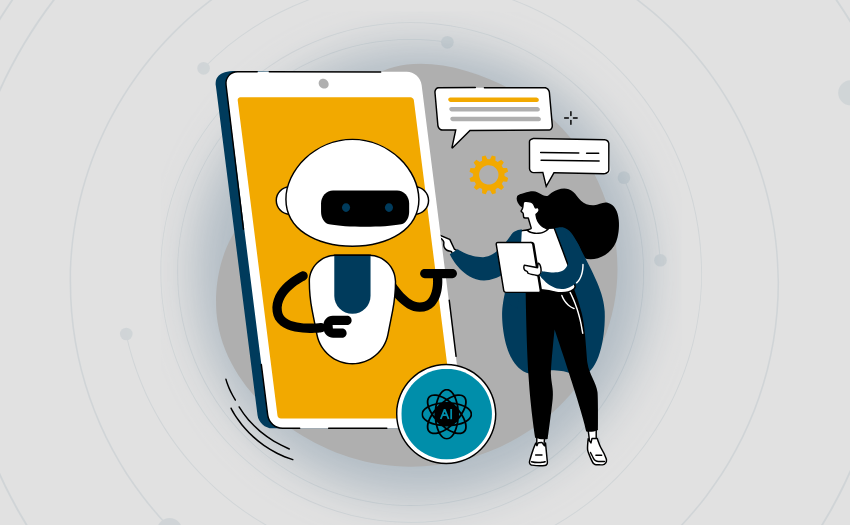Tool Use Case
Use Hotjar to collect and analyze user feedback at scale. While it’s well-known for heatmaps and session recordings, Hotjar also utilizes AI to analyze written survey responses.
Tool Benefits
Why It Helps Teams
Hotjar’s AI survey tool streamlines the feedback process. By adding a customer Feedback Button on your site, Hotjar automatically collects and analyzes the responses. The AI-powered tool then organizes the feedback into themes and highlights patterns in user sentiment.
Your team can quickly view and understand what users are saying and where they’re getting stuck. Used in combination with heatmap reports, these insights help product teams act faster, make better decisions, and spot issues early in the product discovery process.
Example
After launching a new user dashboard, your team adds a Feedback Button to the page to gather more user insights. The AI-generated report shows that many users mention “confusing navigation” and are experiencing challenges in three main areas of the new dashboard.
Your team pairs these findings with heatmap data to get a full view of user behavior. These combined insights help you prioritize updates that improve their experience as soon as possible.
Conclusion
When paired with human oversight, AI tools such as ChatGPT, Wynter, Maze, and Hotjar can contribute to quick, smart, and customer-centric product decisions.
By collecting feedback early and often, your new product or feature is more prepared for a successful and well-received launch. However, AI isn’t the whole picture – your team needs to know how to leverage these tools effectively for the best results.
ICAgile’s AI for Product Discovery course teaches you how to use AI tools for product validation with purpose. In four hours or less, you’ll learn how to validate ideas faster, incorporate real user input, and build products that deliver real value.
Visit the AI for Product Discovery course page for more information.







